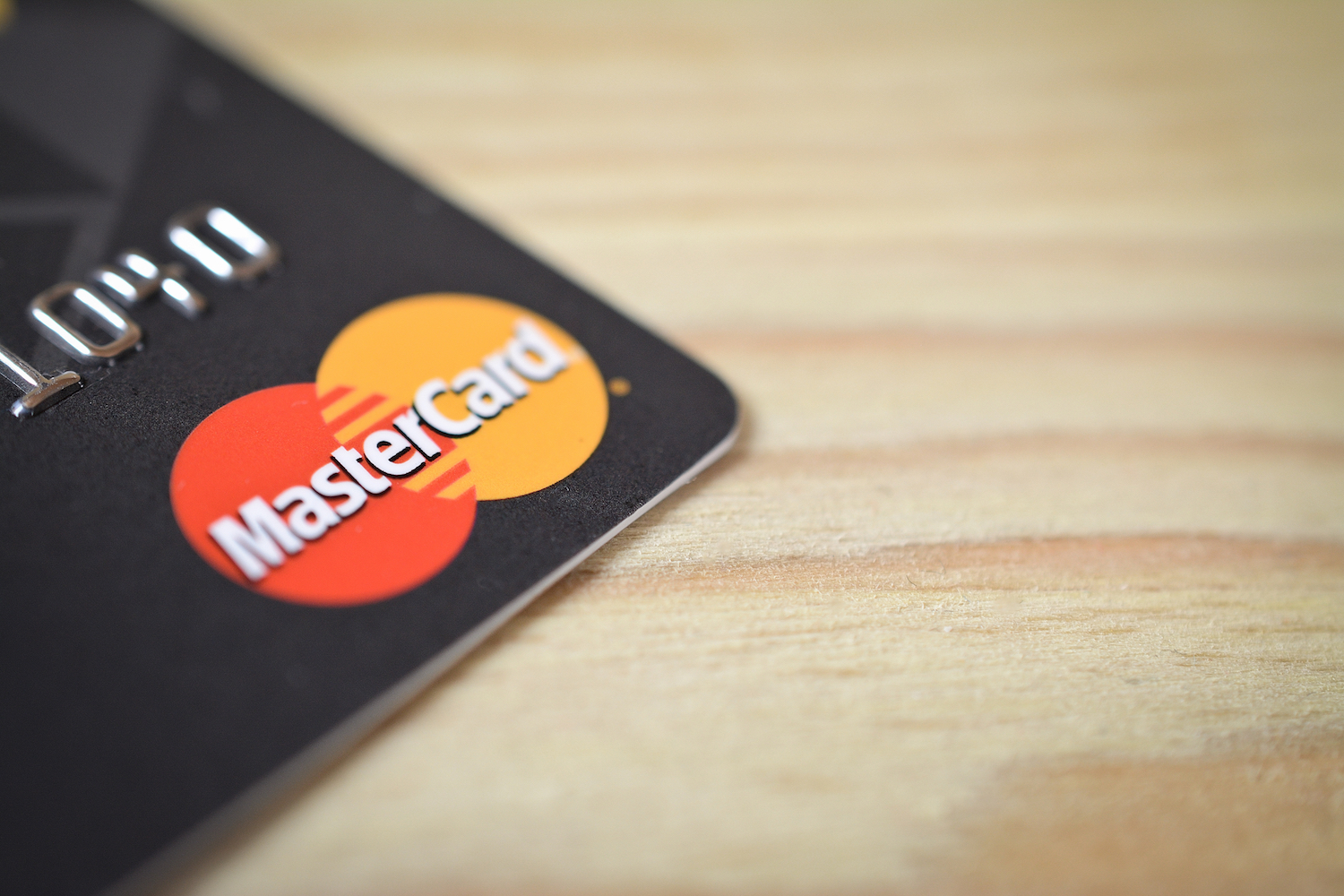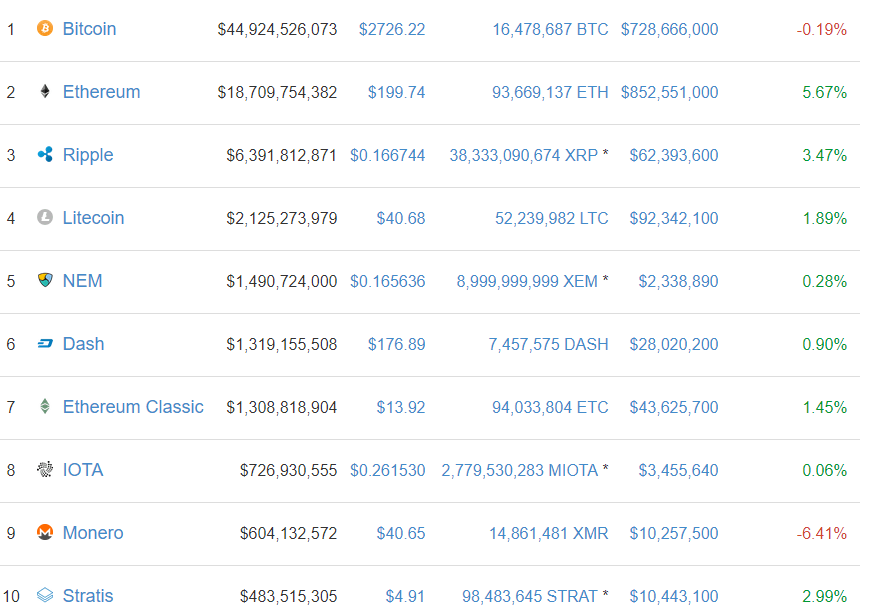How Blockchain Technology Will Disrupt Financial Services Firms


Creating Value through Platforms, People and Technology,”
authors Barry Libert, Megan Beck and Jerry (Yoram) Wind look at how blockchain technology will prove to be a major disruptor to the public and private sectors, starting with the financial services industry. Libert is CEO of OpenMatters and Beck is the chief insights officer. Wind is a Wharton marketing professor and director of Wharton’s SEI Center for Advanced Studies in Management. They also wrote a book called The Network Imperative: How to Survive and Grow in the Age of Digital Business Models. The authors would like to thank LiquidHub for sponsoring the research for this series.
“There are hundreds of startups with a lot of brains and money working on various alternatives to traditional banking.” — Jamie Dimon, JPMorgan Chase
The basic rules of the game for creating and capturing economic value were once fixed in place. For years, or even decades, companies pursued the same old business models (usually selling goods or services, building and renting assets and land, and offering people’s time as services) and tried to execute better than their competitors did. But now, business model disruption is changing the very nature of economic returns and industry definitions. All industries are seeing rapid displacement, disruption, and, in extreme cases, outright destruction. The financial services industry, with its large commercial and investment banks and money managers, is no exception.
“Silicon Valley is coming,” JPMorgan Chase CEO Jamie Dimon warned in his annual letter to shareholders. He said startups are coming for Wall Street, innovating and creating efficiency in areas that are important to companies such as JPMorgan, particularly in the lending and payments space. The payments startup Stripe has a multibillion-dollar valuation and a partnership with Apple Pay. Bitcoin companies and exchanges such as 21 and Coinbase are attracting tens of millions of dollars from venture capitalists. Peer-to-peer lending is booming in the small loan market with many players, including Upstart, Prosper, Funding Circle, and more. And the financial-planning startup LearnVest just got acquired for more than $250 million.
Many of these organizations are in the lending business, but are using big data and cloud technologies rather than tellers and branches to speed lending and customer acquisition. Others are leveraging network business models, such as peer-to-peer lending, to bring together would-be lenders and borrowers. According to Dimon, “We are going to work hard to make our services as seamless and competitive as theirs.” His underlying thought is this: If his company doesn’t keep pace with today’s well-capitalized upstarts, they will begin to lose relevance in a platform-centric world.
“In lots of areas, it looks like the blockchain will replace the current centralized business model of the financial services industry.”
There are many innovative, network business models that are coming after traditional financial services and banking organizations, and big banks are beginning to realize they must evolve in response if they want to remain viable in a digitally centric world — whether it comes by acquiring, partnering or developing leading-edge technologies. But what’s less clear is why, exactly, these new entrants are so disruptive and powerful. What enables them to skirt perceived constraints of these once ‘too large to fail’ incumbents and exploit unseen possibilities? In short, it is network-centered thinking with platform-based business models.
Control Shifting Away from Central Banks
In London’s Canary Wharf, a team of technologists and executives are trying to understand how to use blockchain technology to change the future of banking globally. Their leader is Blythe Masters, an ex-Wall Street commodities trader turned digital entrepreneur focused on turning the mental model and business model of the massive financial services industry and all its related parties (consumers, lawyers, accountants) on its head.
Bank executives worldwide are trying to figure out what this evolution in technology will mean for their firms. “We could go the way that file transfer technology changed music, allowing new businesses like iTunes to emerge. That is why there is such feverish activity at the moment,” said Michael Harte, chief operations and technology officer at Barclays, according to a recent article in The Financial Times. For the massive financial services sector, blockchain technology (the software behind the digital currency, Bitcoin) offers an opportunity to overhaul its existing business model, including its banking infrastructure, approach to settlements and customer interactions. But acting on this opportunity, and making the most of the blockchain, is no easy task given the core beliefs and reinforcing systems that are embedded in the industry.
Networks Are Taking Over
What is the blockchain? It is a distributed database of computers that maintains records and manages transactions. Rather than having a central authority (such as a bank), blockchain uses the network to approve “blocks,” or transactions, which are then added to the “chain” of computer code. Cryptography is used to keep transactions secure, and the distributed nature of transaction approval makes the system harder to tamper with.
“It is only a matter of time before the broader financial services and banking industries shift to blockchain and network-based approaches.”
Blockchain technology has been hailed by its VC supporters as having revolutionary promise for all involved. “You should be taking this technology as seriously as you should have been taking the development of the Internet in the early 1990’s. It’s analogous to email for money,” said Masters, according to The Financial Times. And blockchain enthusiasts believe that the application possibilities are endless — improving the way we hold and transfer secure goods from money to deeds to music to intellectual property. In fact, blockchain, as a pure platform technology, may be able to cut out the middlemen (or middle companies) everywhere, even disrupting other disruptors like Airbnb or Uber.
In the present financial services business model, a central ledger most often acts as the custodian of that information (such as the Federal Reserve and its member banks). But in a blockchain world, the information regarding each transaction is transparently held in a digitally shared database in the cloud, without a single central body acting as the middleman. This lack of central authority is the very feature that is turning the current mental and business models of traditional financial institutions on their heads.
In a lot of areas, it looks like the blockchain will replace the current centralized business model of the financial services industry and it is easy to see how it could revolutionize all of Wall Street. The ability of the technology to provide an unforgeable record of identity, including the history of an individual’s transactions, is one area being eagerly explored. David Grace, head of global finance at PwC, said that “if you have a secure distributed ledger, it could be used to store validated ‘know your customer’ data on individuals or companies. … It’s a potentially global application that could provide more security over identity data and where that data are stored.”
“It seems that the code can perform better than a real middleman in most cases.”
Clearly, we are entering a period of rapid evolution, as the financial services industry determines blockchain and what it means for their business models. Or, another scenario: A slew of startups identifies the possibilities and pulls the rug out from under big institutions. Traditional perceptions about the roles of financial players are already under attack — as it seems that the code can perform better than a real middleman in most cases. Old business models will soon fall prey to the quickly evolving technology and mental models. The network is about to do its magic: Grow and evolve without central control.
Network Business Models Will Dominate
Blockchain is already seeing use outside of the financial services sector, where it got its start. Technology and services giant IBM is adapting the blockchain methodology to develop a currency-less system that could be used for any purpose — for example, executing contracts upon delivery.
Arvind Krishna, senior vice president of IBM Research, believes that in the long run, this technology could facilitate transactions between banks or international businesses. “I want to extend banking to the 3.2 billion people who are going to come into the middle class over the next 15 years,” he said. “So I need a much lower cost of keeping a ledger. Blockchain offers some intriguing possibilities there.” A firm-centered or centrally controlled banking system clearly will not get him there, and the blockchain will allow him to leverage a digitally-enabled network as the way forward.
Join the Network Revolution
With companies such as IBM and JPMorgan Chase, as well as preeminent venture capitalist firm Andreessen Horowitz, backing this new way of facilitating financial transactions, it is only a matter of time before the broader financial services and banking industries shift to blockchain and network-based approaches Twitter to complement, or replace, the current centralized approach. The question is not whether network business models supported by blockchain technology will disrupt these organizations, but when. So if you are a member of the current financial services industry elite — or a local bank or credit union — it’s time to become part of the digital revolution and join the network and platform-emerging world.
Chuck Reynolds

Marketing Dept
Contributor
Please click either Link to Learn more about -Bitcoin.
David https://markethive.com/david-ogden










